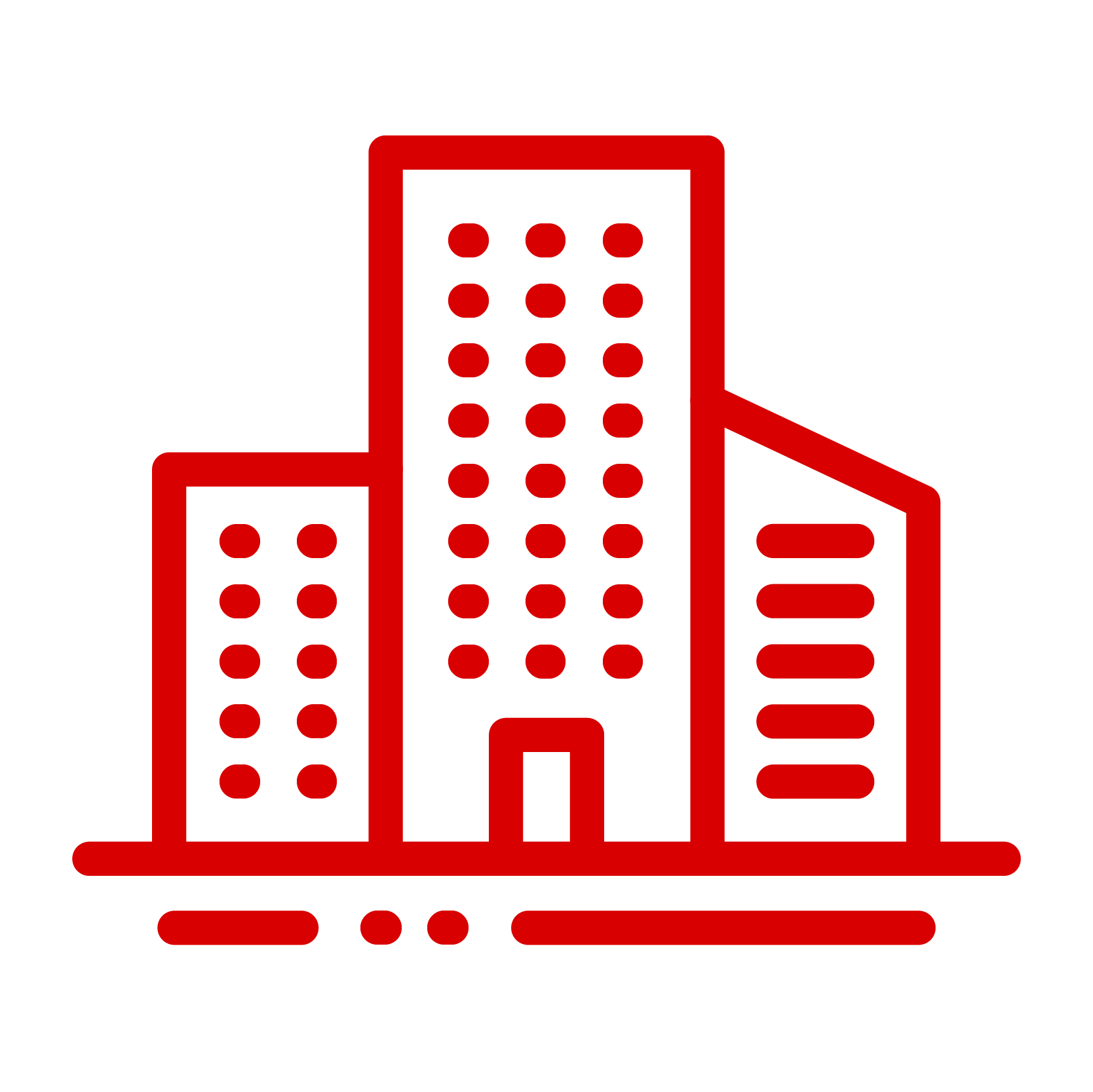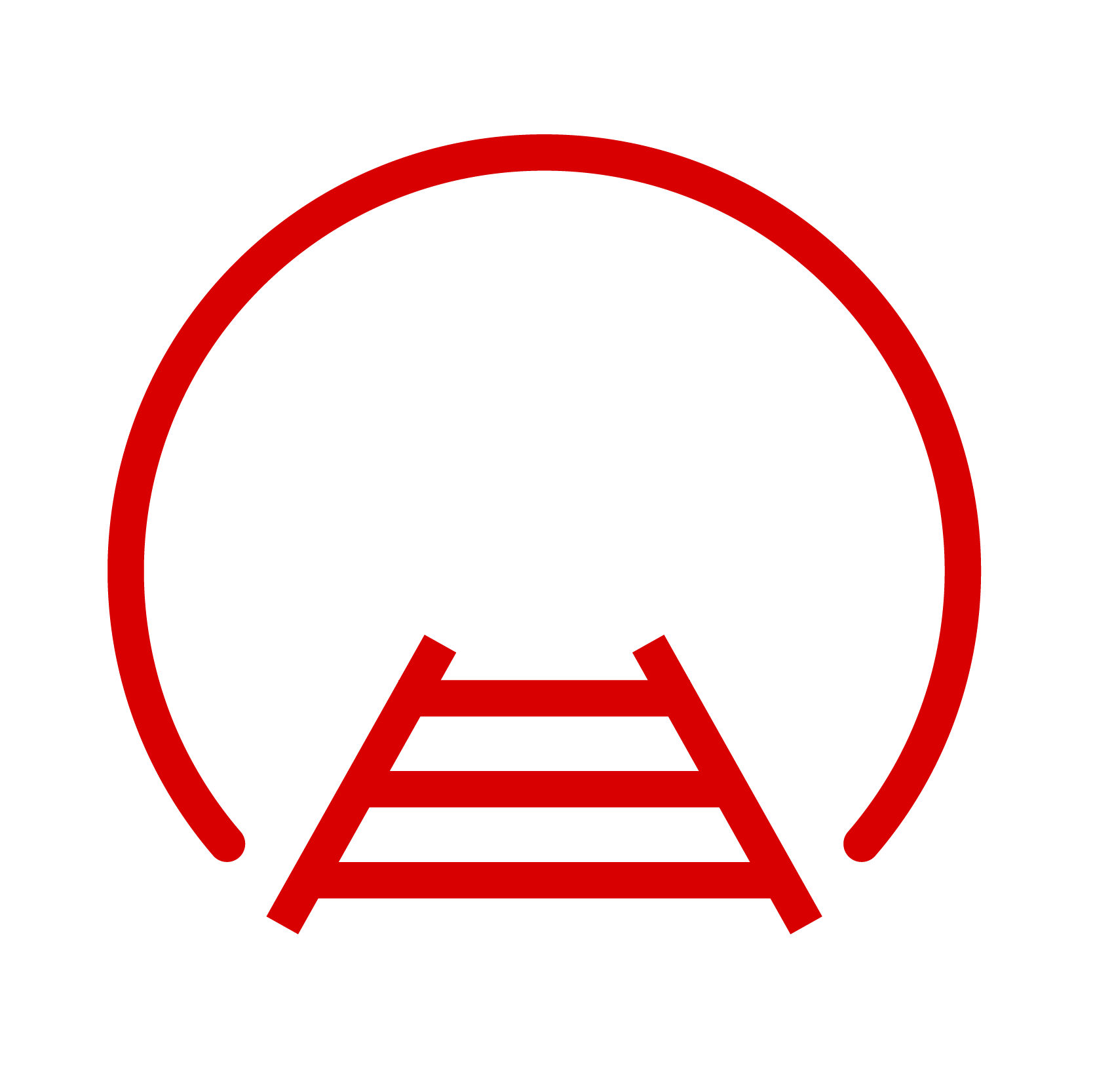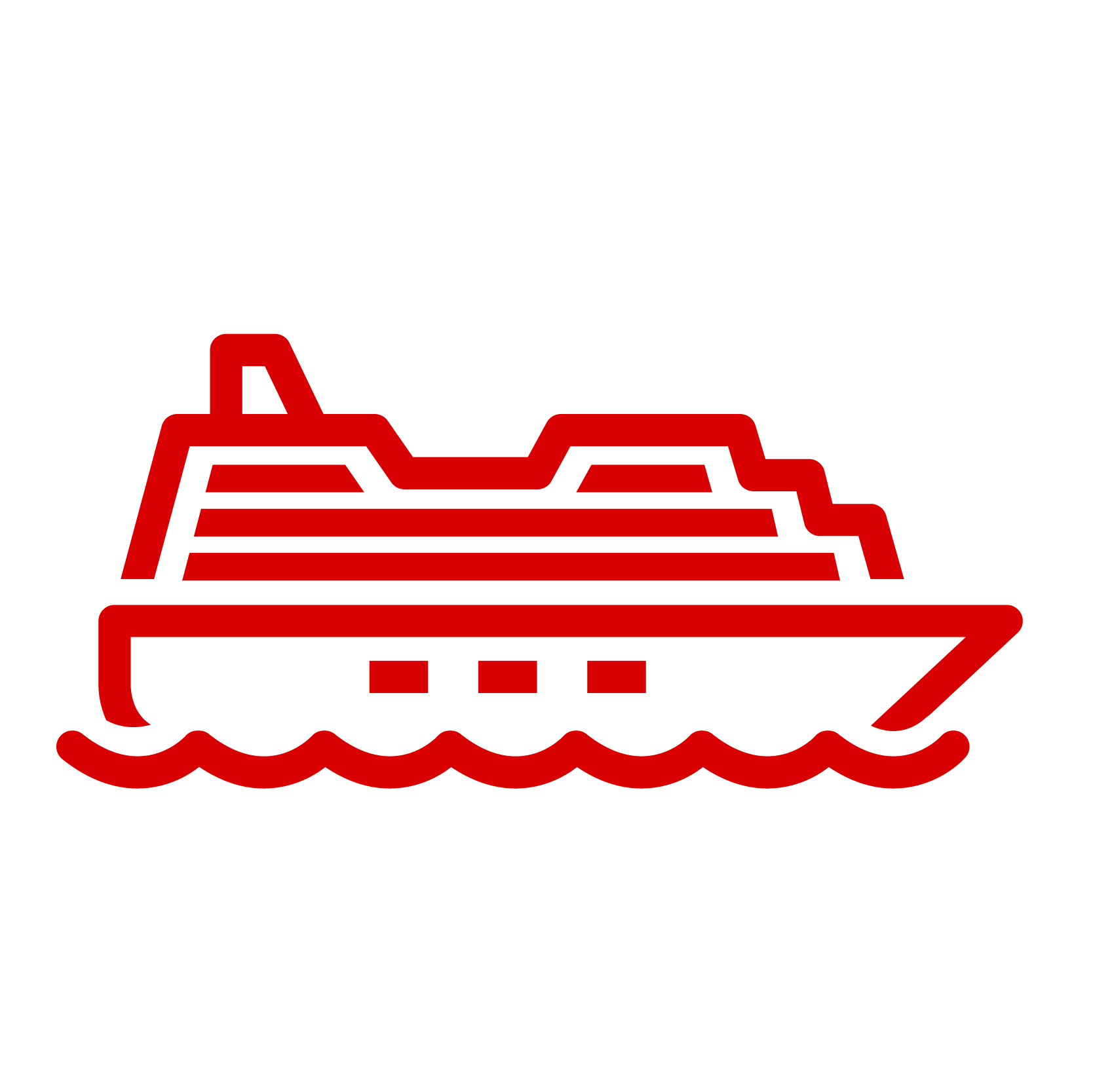Fire safety in railway vehicles is defined in the EN 45545 series of standards aimed at protecting passengers and crew in railway vehicles in the event of a fire on board the vehicle.
The protection of passengers and crew is primarily based on measures intended to:
• prevent fires occurring due to technical faults and due to equipment design or vehicle layout (Parts 1, 4, 5, and 7 *)
• minimize the possibility of materials used in railway vehicles catching fire due to accidents or malice (Parts 1 and 2)
• detect a fire should it occur (Part 6)
• limit the spread of fire by specifying materials according to operation categories (Part 2) and measures to contain it (Part 3)
• minimize the effects of fire in terms of heat, smoke, and toxic gases on passengers and staff by specifying the materials installed in rail vehicles (Part 2)
• control and manage a fire, e.g. by means of fire detection, suppression and/or emergency power shut-down (Part 6).
* Part(s) of the EN 45545 series of standards concerned
The ultimate objective in the event of a fire on board is to allow passengers and crew to evacuate the railway vehicle and reach a place of safety.
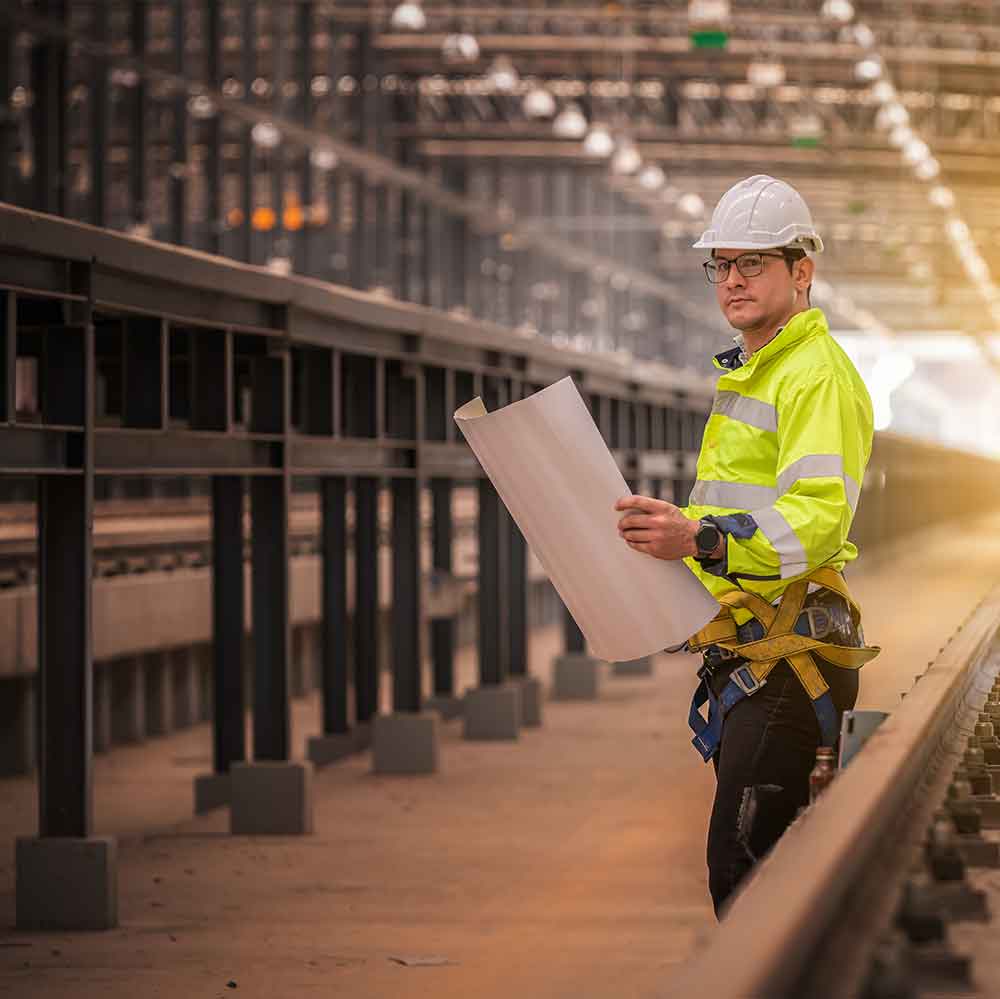
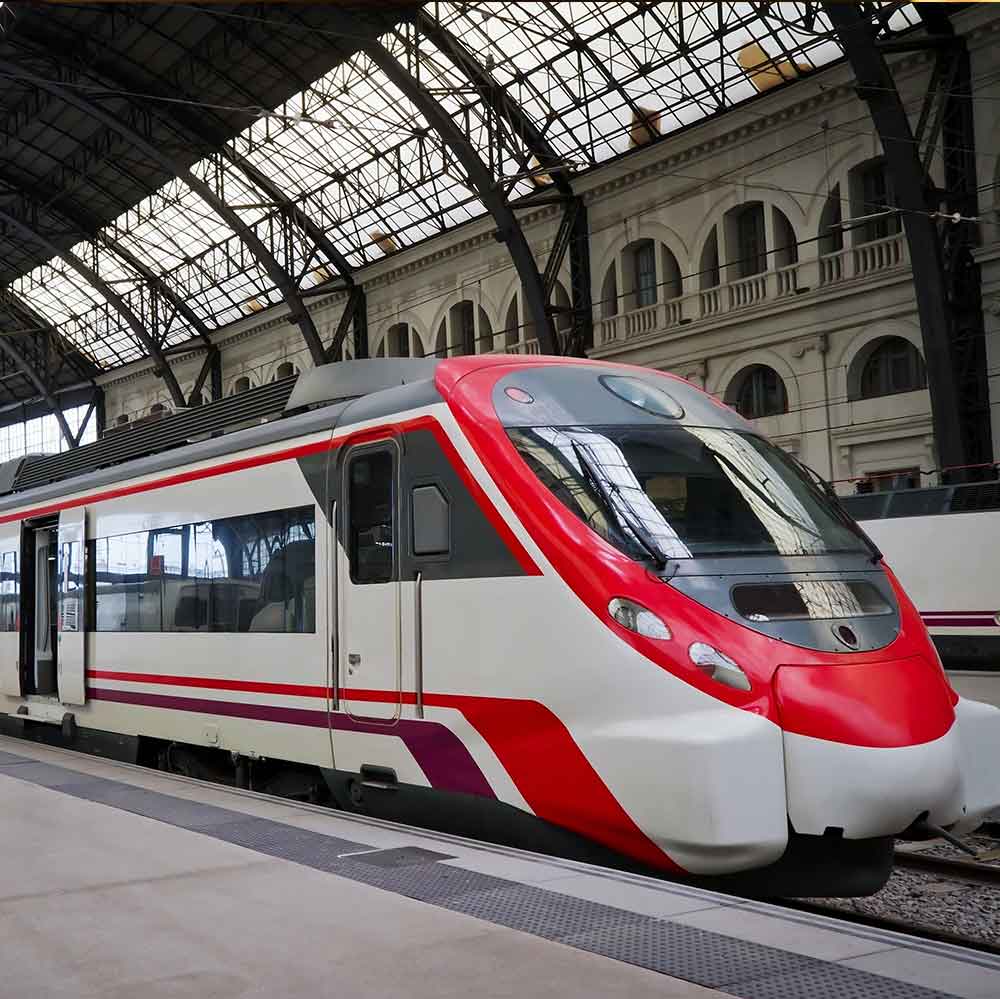
Your projects
are our responsibility.
In its role as a ‘one-stop shop’ for fire testing in partnership with Eurailtest, CERIB’s Fire Testing Centre will assist you in validating the performance of your new products in terms of both fire resistance and reaction to fire. Our services include:
• carrying out reaction-to-fire tests to obtain the following classifications:
– R1 to R26 according to part 2 of the EN 45545 series of standards covering:
– interior materials and components (R1 to R5, R7, R10, R 22).
– externally placed products (R1, R7 to R9, R17, R23).
– furniture (R1, R6, R18 to R21).
– electrotechnical equipment (R7, R11 to R16, R22 to R26).
– mechanical equipment (R9, R22, R23).
– F, I, C1 and C2 according to NF F 16-101 and NF F 16-102 standards covering non-metallic materials used in railway vehicles and electrical equipment.
– Euroclasses B1ca, B2ca, Cca, Dca and Eca according to NF EN 13501-6 standard covering electrical cables.
• carrying out fire-resistance tests as per Part 3 of the EN 45545 series of standards on fire barriers:
– Fire resistance testing of partition walls (EN 1364-1).
– Fire resistance testing of ceilings (NF EN 1364-2).
– Fire resistance testing of doors (NF EN 1634-1).
Accreditations.
The CERIB Fire Testing Centre is:
• approved for fire-resistance testing by the French Ministry of the Interior
• accredited by COFRAC (French Committee for Accreditation) for fire-resistance testing as per several standards, in particular Part 3 of the EN 45545 series of standards (Accreditation n°1-0001 – Scope available on cofrac.fr).
LEM (Eurailtest laboratory).
The LEM laboratory run jointly by SNCF and RATP is accredited by COFRAC for testing reaction to fire as per several standards, in particular Part 2 of the EN 45545 series of standards (Accreditation n°1-1523 – Scope available on cofrac.fr).



![shutterstock_1263924991 [Converti]-01](https://www.cerib-feu.com/wp-content/uploads/2021/08/shutterstock_1263924991-Converti-01-1.png)
